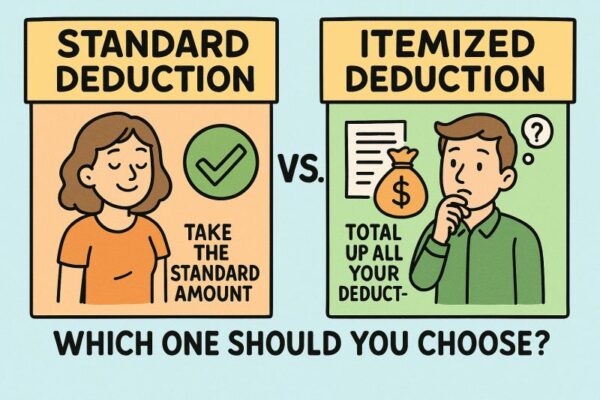Taxation Across All 50 States: A Quick Overview of U.S. State Tax Systems
Understanding the differences in state taxes is crucial for both individuals and businesses. Each U.S. state has unique tax policies that can affect your finances. Here’s a breakdown of how different states approach key taxes:
1. Income Tax:
👉No State Income Tax:
Alaska, Florida, Nevada, South Dakota, Texas, Washington, Wyoming
👉States with Progressive Income Tax (rates increase with income):
California, New York, New Jersey, Oregon, Minnesota
👉Flat Tax States (same rate for all income levels):
Colorado, Illinois, Massachusetts, Pennsylvania
2. Sales Tax:
👉States Without Sales Tax:
Delaware, Montana, New Hampshire, Oregon
👉States with High Sales Tax:
California, Arkansas, Tennessee, Alabama
👉States with Lower Sales Tax:
Colorado, Wyoming, Missouri
3. Property Tax
👉States with High Property Tax:
New Jersey, Illinois, New Hampshire, Connecticut
👉States with Low Property Tax:
Hawaii, Alabama, Louisiana, Wyoming
4. Corporate Tax
👉Low Corporate Tax States:
North Carolina, Indiana, South Carolina, Georgia
👉High Corporate Tax States:
Ohio, New York, California
5. Estate and Inheritance Tax
👉States with Estate Tax:
Connecticut, Massachusetts, Oregon, Washington, New York
👉States with Inheritance Tax:
Nebraska, Iowa, Kentucky, Pennsylvania
👉States Without Estate or Inheritance Tax:
Florida, Texas, Arizona
6. Gasoline Tax
👉High Gasoline Tax States:
California, Pennsylvania, Washington, Illinois
👉Low Gasoline Tax States:
Alaska, Louisiana, Missouri
💥Key Takeaway:
Taxes across U.S. states vary widely. Whether it’s income tax, sales tax, or property tax, the state you live in can have a major impact on your overall financial situation. Understanding these differences can help you make more informed decisions, whether you’re moving to a new state, expanding a business, or planning investments.
.







Magnificent website. Plenty of helpful information here.
I’m sending iit to several friends ans additionally sharing
in delicious. And of course, thanks on your effort!